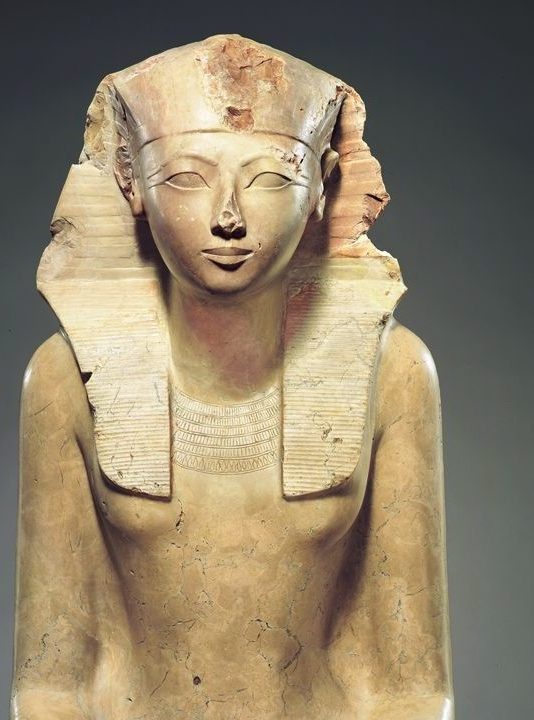Rise to Power
Hatshepsut emerged as one of ancient Egypt’s most remarkable figures, ascending to power during the 18th Dynasty. Her rule began as regent to her stepson, Thutmose III, but she soon took on the full mantle of pharaoh. Hatshepsut was unique in how she portrayed herself in statues and paintings—with royal regalia and a false beard, traditionally reserved for male rulers. She proved to be a shrewd leader, fostering trade and reviving the wealth of Egypt. Her reign was marked by peace and she oversaw significant architectural projects. Hatshepsut’s temple at Deir el-Bahri stands as a testament to her legacy, blending elegant design with her devotion to the goddess Hathor.
Get your dose of History via Email
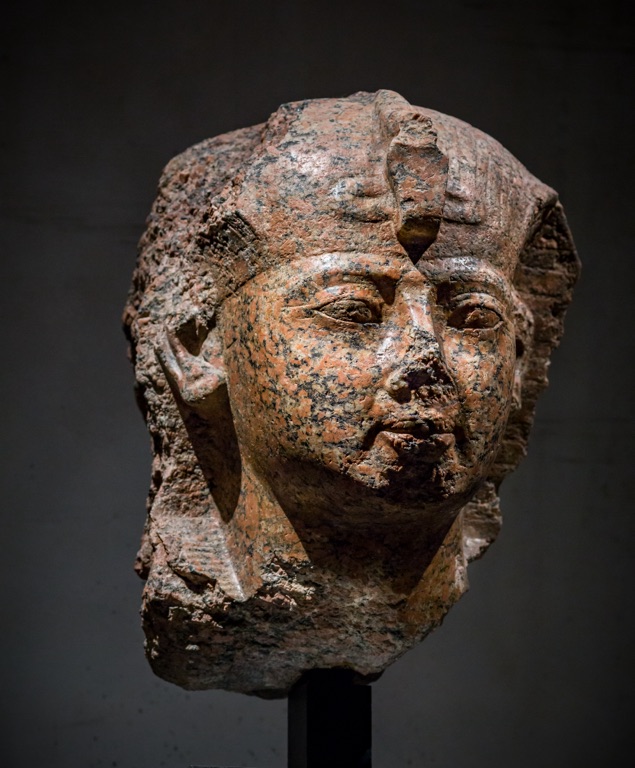
Legacy and Disappearance
The female pharaoh Hatshepsut was a masterful ruler whose legacy spanned over two decades. She was a builder-pharaoh, responsible for monumental works that still awe. Yet, after her death, attempts were made to erase her from history. Her images were defaced and her name was removed from official lists of kings. Despite this, her memory endured, and today Hatshepsut is celebrated as a pioneer among female leaders. She broke gender barriers and her accomplishments challenge traditional views of power and ruling in ancient civilizations. Hatshepsut’s saga is not just a story of a ruler but a narrative that inspires, illuminating ancient Egypt’s complex history.
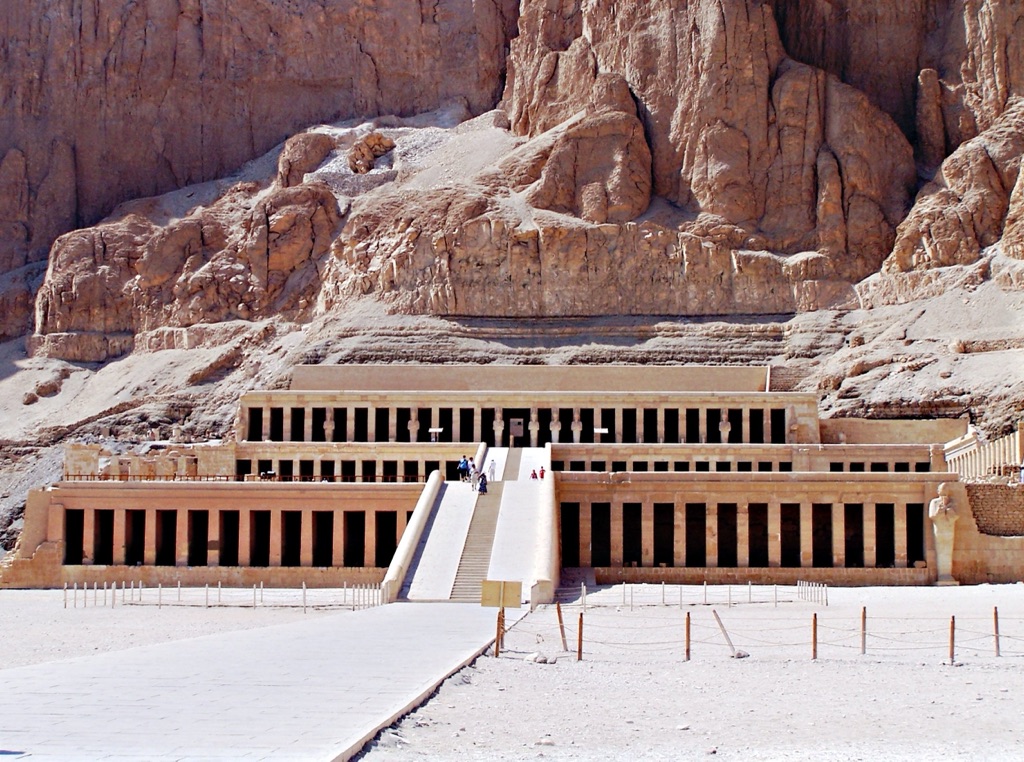
Hatshepsut’s Rise to Power
The Path to Thutmose II’s Side
Hatshepsut began her journey to power in Ancient Egypt’s Eighteenth Dynasty. Known for her shrewdness, she held the traditional role of queen alongside her husband, Thutmose II. However, Hatshepsut soon proved to be much more than an ordinary wife and mother. She was born of royal blood, being the daughter of Thutmose I. It didn’t take long for her to expand her influence beyond the palace walls. Her intelligence and political acumen were evident. This set the stage for her unprecedented ascent in a male-dominated hierarchy.
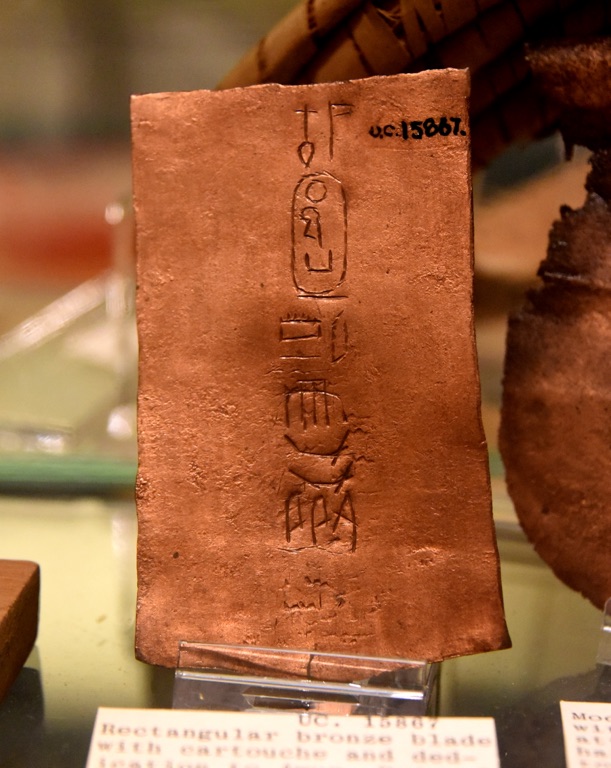
Assuming Regency with Unique Diplomacy
Upon her husband’s death, Hatshepsut assumed regency for her stepson, Thutmose III, then just a child. Her role was to safeguard his inheritance until he could rule alone. Yet, she transcended this duty with remarkable tact. Hatshepsut cultivated loyalty among key officials and clergy. This support helped establish her as a co-ruler. Over time, she embraced the full pharaoh’s mantle. Art and inscriptions from that period began to depict her in masculine form. They showed her with traditional male regalia, asserting her authority alongside the gods.
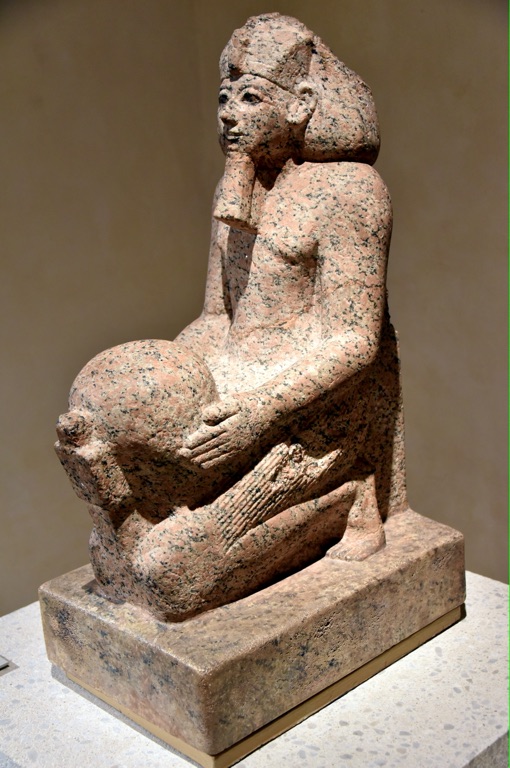
A Pharaoh in Her Own Right
Hatshepsut’s rule evolved from regent to pharaoh, a bold move that changed her place in history. She adopted the full titles and regalia of a pharaoh. Her reinvention did not come from vanity. It was a strategic move to stabilize her reign and cement her legacy. Hatshepsut initiated building projects that outshined her predecessors. She also championed trade expeditions, which enriched Egypt’s wealth. Her leadership brought about a golden era of peace and prosperity. This cemented her legacy as one of the most successful pharaohs in ancient Egyptian history.
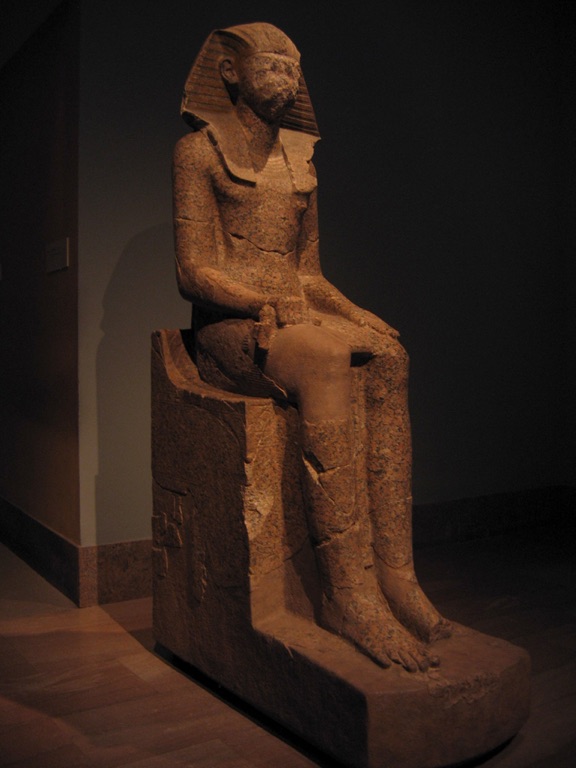
Challenges and Controversies of Her Reign
Public Scrutiny and Personal Life
High-profile leaders often struggle with preserving their privacy, and she was no exception. Her personal life came under incessant media glare. This scrutiny intensified during moments of family turmoil. The blending of personal and public realms made her life seem like an open book. This led to invasive media tactics that often crossed the line. Consequently, there were calls for tougher privacy laws. Clearly, there was a fine line between public interest and personal space that often got blurred.
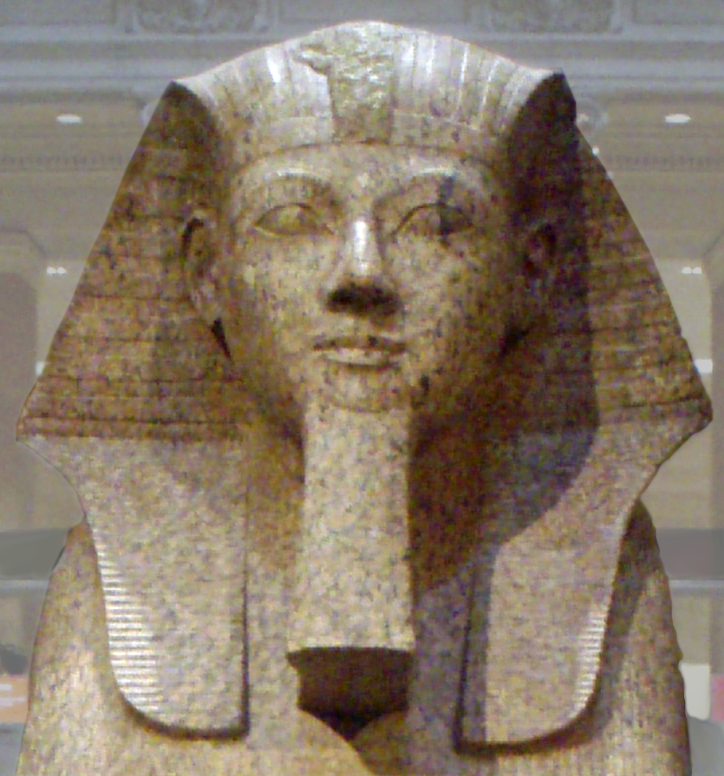
Policy Decisions and Political Stances
Leadership inevitably involves difficult and sometimes controversial decisions. She faced criticism for some of her policy standpoints. There were policies that, though well-intentioned, sparked debate and dissent. Often, these policies affected millions, leading to public discourse on her leadership approach. This highlighted the complex nature of decision-making at the highest levels. It showed that even with the best intentions, leaders can’t always please everyone.
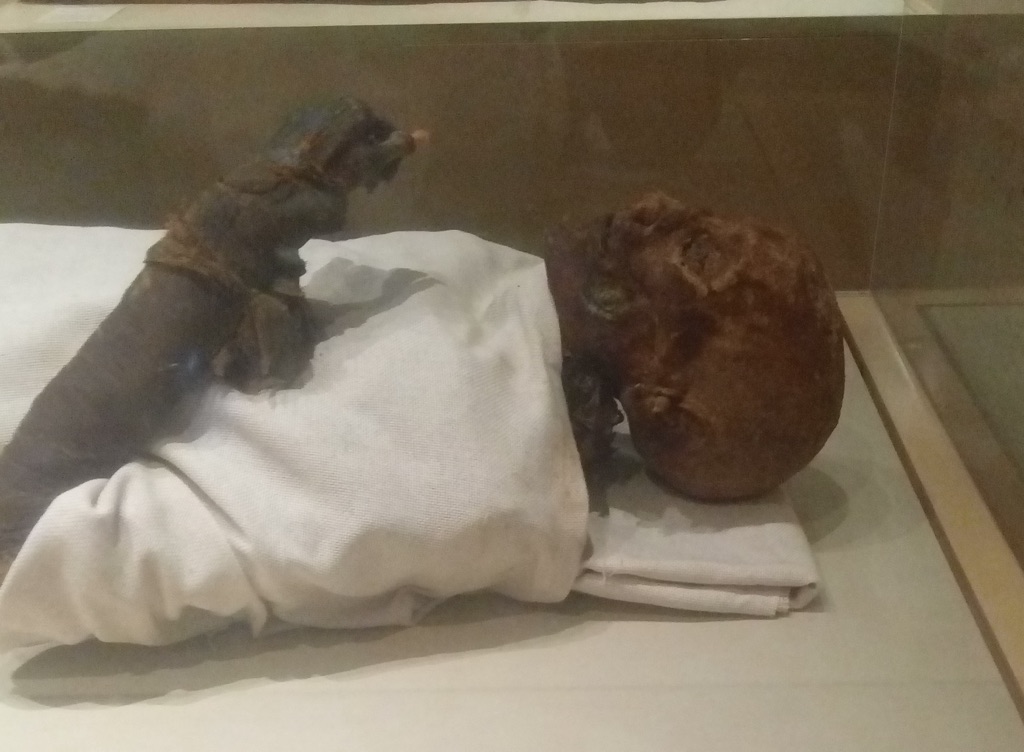
Historic Matters and Cultural Sensitivity
Her reign wasn’t free from disputes related to historic actions and cultural implications. Certain decisions from the past haunted the present, calling for acknowledgments and apologies. Ensuring cultural sensitivity became more crucial than ever during her time. She had to navigate through the rough waters of historical accountability. This required a delicate balance between honoring traditions and rectifying past wrongs. Her responses to such matters were both lauded and critiqued, underscoring the delicate intricacies of governance and historic responsibility.
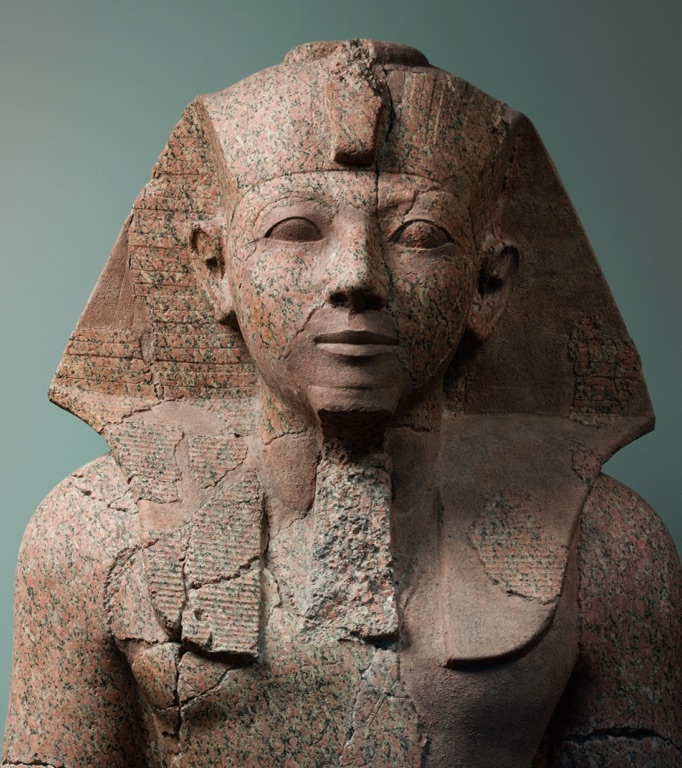
Rediscovering Hatshepsut: Modern Archaeology
The Quest for Hatshepsut’s Legacy
Exploring the life of Hatshepsut demands a deep dive into ancient Egypt. She was a ruler who wore a false beard, signifying kingship. Remarkable indeed, her reign brought peace and architectural innovation. Strangely, later pharaohs tried to erase her from history. But modern archaeology has brought her story back to light. Today we piece together her legacy using hi-tech tools and analysis. We uncover inscriptions, images, and her stunning mortuary temple. Each statue restoration whispers tales of power and transformation.
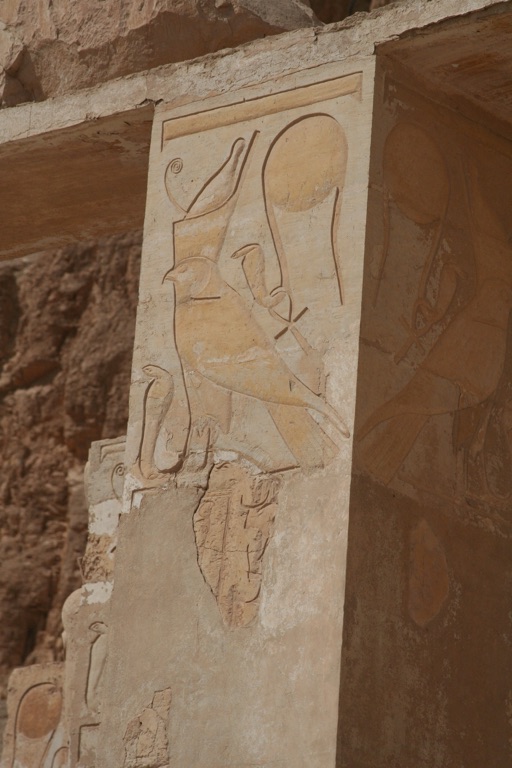
Technology Unveils Ancient Mysteries
Ground-penetrating radar and 3D mapping have revolutionized the field. These technologies allow us to look beneath the sands. They reveal hidden chambers and passageways. Hatshepsut’s temple at Deir el-Bahri benefits from this. Through technology, her once-hidden artifacts are now visible. This includes her red chapel, discovered in pieces. We shared her story afresh. Scholars gain new insights using digital reconstructions. Her reign, mired by attempts to erase her, is now clear-cut.
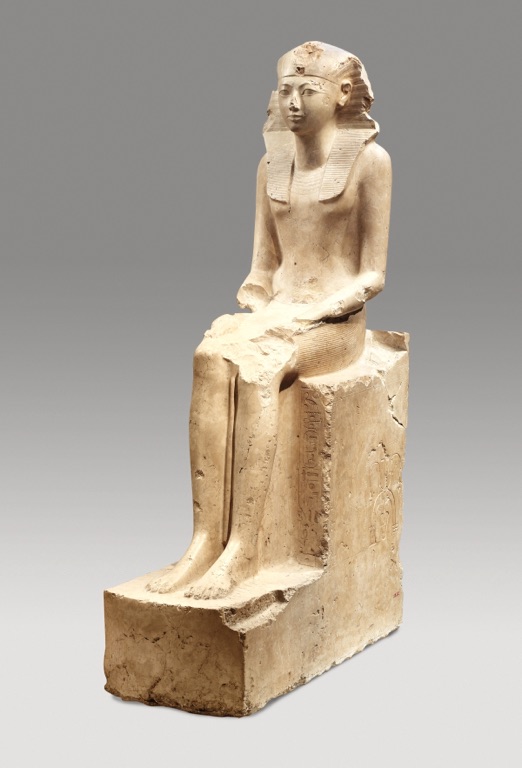
Engaging the Public with Hatshepsut’s Tale
Remarkably, Hatshepsut’s story has captured modern imaginations. Museums showcase her achievements. They feature interactive exhibits and virtual reality tours of her temple. Schools teach about her through vivid storytelling. Documentaries and books spread her narrative further. Social media buzzes with her mysterious rule. People worldwide embark on digital quests to explore her life. Her tale, once almost lost, now inspires countless individuals. We celebrate her as a pioneer pharaoh, a woman ahead of her time.
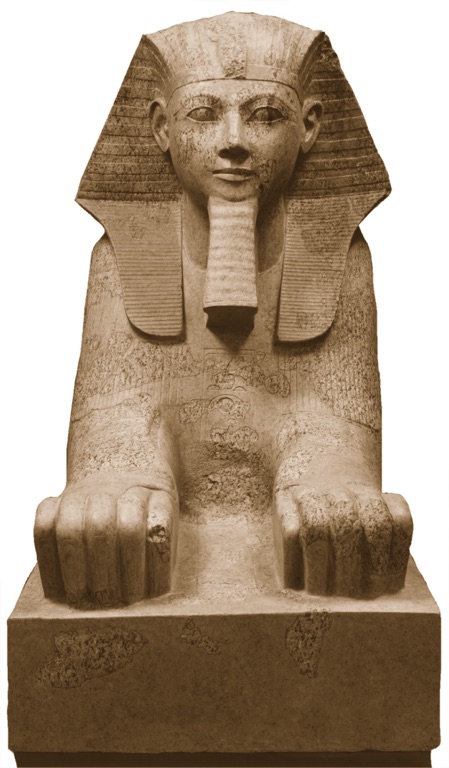
For further reading and to validate the information presented in this article, the following sources are recommended:

